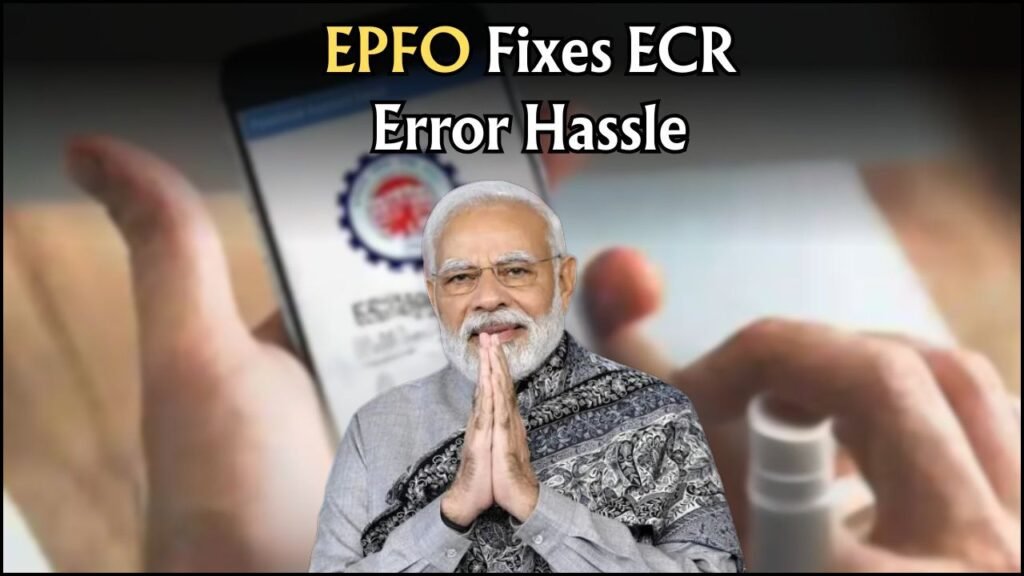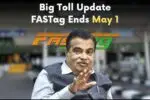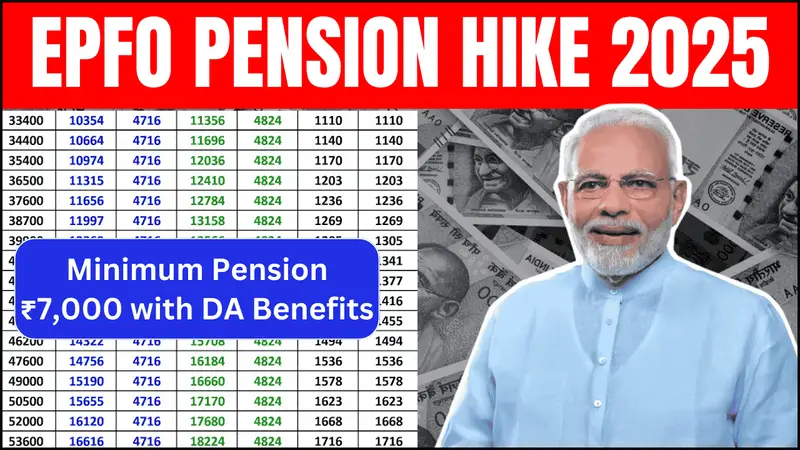
In a welcome move for employers dealing with Provident Fund (PF) compliance issues, the Employees’ Provident Fund Organisation (EPFO) has introduced a key reform aimed at resolving long-standing issues linked to Electronic Challan cum Return (ECR) errors. Now, employers are allowed to clear all outstanding PF dues caused by such errors using a single consolidated demand draft. This step is expected to bring significant relief to businesses, particularly small and medium-sized enterprises (SMEs), by simplifying the payment and compliance process.
Understanding ECR Errors in PF Contributions
The ECR, or Electronic Challan cum Return, is the monthly statement employers must submit to the EPFO. It records the provident fund contributions made on behalf of employees. However, technical problems and data entry mistakes often cause these submissions to get rejected or remain unprocessed. Some of the most frequent issues include:
- Incorrect UAN (Universal Account Number) entries
- Mismatch between declared wages and actual payments
- Delayed ECR submissions that attract penalties and interest
- Failure to link the TRRN (Temporary Return Reference Number) with the payment
- System glitches that cause incomplete processing
Such errors have resulted in the accumulation of unpaid dues, triggering compliance notices and financial penalties for employers.
EPFO’s One-Time Demand Draft Solution
To address the growing volume of unresolved PF dues caused by ECR-related errors, EPFO has launched a special provision: employers can now use one consolidated demand draft to pay off all pending dues arising from genuine technical or clerical mistakes. This update is part of EPFO’s effort to promote a more employer-friendly compliance environment and improve the efficiency of its digital processes.
Key Features of the New Facility
- A single demand draft can be used to clear multiple pending ECR payments.
- Applicable only in genuine cases where delays or mismatches are due to human or system errors.
- A detailed breakdown of dues must accompany the draft.
- Prior approval from the respective EPFO field office is required.
- Expected to enable faster resolution of long-pending PF disputes.
Benefits for Employers
This new option offers significant advantages, especially for smaller businesses that may lack the dedicated resources to handle complex EPFO processes.
Key benefits include:
- Simplification of the payment process for past dues.
- Reduced administrative workload, saving time and effort.
- Lower financial burden by avoiding multiple penalty charges.
- A path to resolve old compliance notices that have been stalled due to procedural issues.
- Improved compliance ratings, which may help in future audits or inspections.
Step-by-Step Guide to Avail This Option
Employers wishing to make use of this facility must follow a structured process:
- Compile a list of all pending TRRNs and related challans.
- Cross-verify the dues with bank records and previous payment entries.
- Draft a formal request to the EPFO office, clearly stating the nature of each error (e.g., technical glitch, data entry mistake).
- Attach supporting documents as proof of error and previous communication with EPFO.
- Submit a single consolidated demand draft equal to the total outstanding amount.
- Wait for confirmation and final reconciliation by the EPFO authorities.
Required Documents
Employers need to provide the following paperwork when applying for this one-time facility:
| Document | Description |
|---|---|
| Cover Letter | Explaining the issue and request for approval |
| TRRN List | Detailed list of all affected transactions |
| Challan Details | Specifics of ECRs and the errors involved |
| Payment Proof | Online transaction slips or bank statements |
| Demand Draft | Single DD for the total outstanding dues |
| Employer Declaration | Statement verifying the genuineness of errors |
| PF Account Information | Accurate UANs and PF account data |
| Previous Correspondence | Emails or letters exchanged with EPFO (if any) |
Illustrative Table of ECR Errors
Here’s a sample table to illustrate how such ECR issues are documented:
| TRRN Number | Month-Year | Amount Due | Error Type | Status | Remarks | Amount Paid Earlier | Final Due |
|---|---|---|---|---|---|---|---|
| 1012456789 | Dec-2023 | ₹15,000 | UAN Mismatch | Not Processed | Name mismatch | ₹0 | ₹15,000 |
| 1019876543 | Jan-2024 | ₹22,500 | Wage Mismatch | Rejected | Partial payment made | ₹10,000 | ₹12,500 |
| 1012233445 | Feb-2024 | ₹12,000 | Late Submission | Interest Pending | Delay >10 days | ₹0 | ₹12,000 |
Eligibility Criteria
This facility is not intended for habitual defaulters. It is specifically aimed at employers who:
- Had a genuine intention to comply with PF rules on time.
- It can prove that errors were not deliberate but were due to system or data issues.
- Are willing to pay the entire outstanding amount in a single draft.
- Have documentary evidence to back their claims.
EPFO’s Goals Behind the Initiative
The primary motivation behind this reform is to improve trust and ease of doing business. By offering this facility, EPFO aims to:
- Promote timely and fair compliance among employers.
- Encourage businesses to rectify old mistakes without fear of penalty.
- Resolve long-standing ECR disputes.
- Strengthen digital accountability within the EPF framework.
Important Reminders for Employers
- This is a one-time provision, not a recurring benefit.
- Ensure all records and proofs are accurate and well-organized.
- The demand draft must exactly match the total of all pending dues.
- Always keep acknowledgment receipts for future reference.
Final Verdict
The EPFO’s decision to allow a one-time, single demand draft to clear multiple ECR-related PF dues is a progressive and much-needed step. It acknowledges that genuine mistakes can happen and offers employers a practical solution without resorting to punitive action. Employers are encouraged to take advantage of this opportunity by gathering the necessary documentation and contacting their local EPFO office for further guidance.
This policy update, based on circulars released up to April 2025, could pave the way for a more balanced and transparent compliance environment. However, individual employers should consult legal or PF advisors for case-specific assistance, as this article is intended for informational purposes only.

Mangesh Garg is a passionate writer known for captivating stories that blend imagination and reality. Inspired by travel, history, and everyday moments, He crafts narratives that resonate deeply with readers



